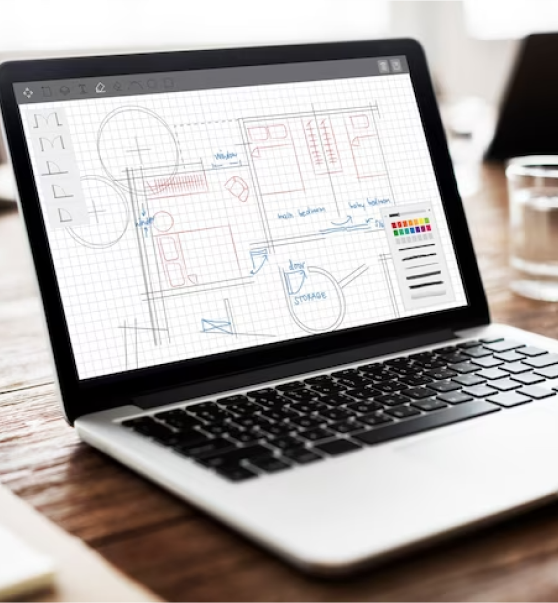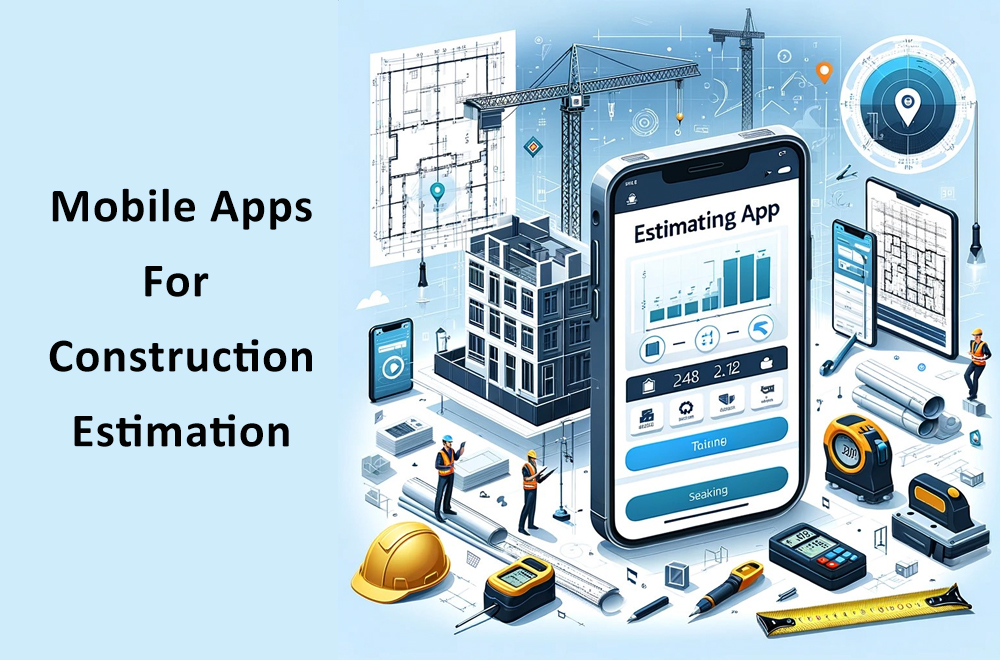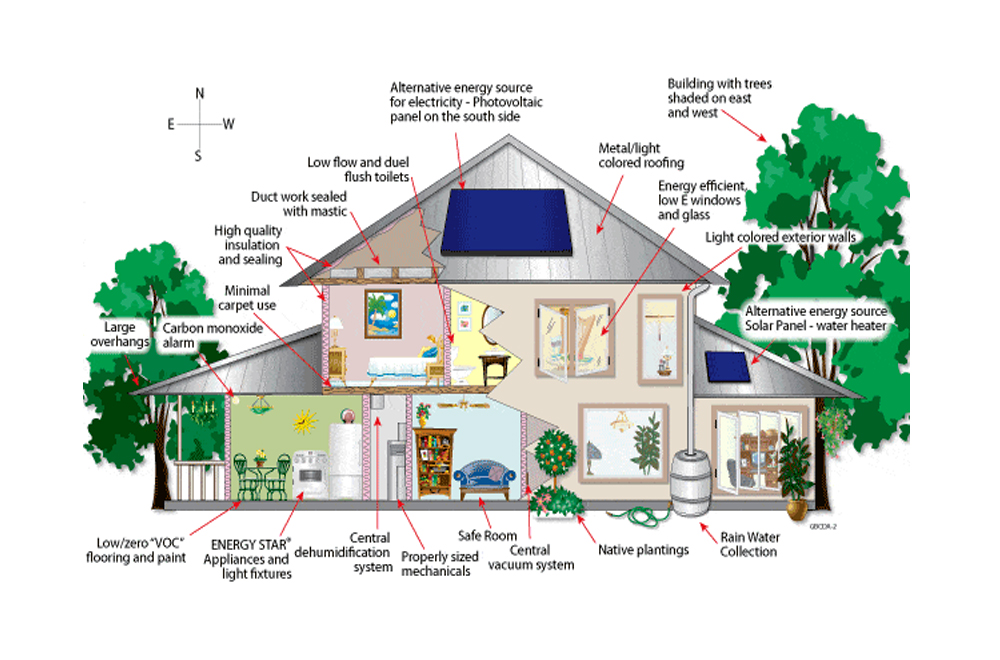These days, the construction industry is being automated at a rapid pace. While there probably won’t be replacements for laborers anytime soon, many of the tedious clerical jobs are increasingly computerized. With computerization, human operators can do much more over the course of a day or week than when everything was manual. One of the major developments recently is takeoff software. With that in mind, let’s take a look at this modern tool. We’ll explain what it is and what types are available. Then, we’ll look at how to decide if this tool is right for your business.

Table of Contents
ToggleFirst, What’s a Takeoff?
Before we discuss what takeoff software is, it’s important that the term takeoff be explained. At its most basic, a takeoff is the process of “taking off” the components from blueprints or computerized plans. This explains the origin of the term. With the information on these plans, an estimator or takeoff clerk can determine what materials are required to complete any project. This is one of the most important steps for preparing a construction project. For small projects, the process is quite simple and can be done quickly. However, large projects like commercial buildings and apartment houses require very complex takeoffs that traditionally require a lot of man hours.
Traditional Takeoff Techniques
Traditionally, takeoffs are done using measuring rulers, scale models, calculators, and other tools. An experienced estimator or takeoff specialist will pour over the blueprints and take a lot of measurements. This person will also count symbols which indicate different items such as doors or windows. In addition, very specific numbers such as the total square footage of carpet or floor tiles will be determined. Components such as poured concrete foundations will be measured by volume, and each nail and screw will be calculated.
With all of this information gathered, someone doing a manual takeoff will develop what amounts to a supply list. This is very detailed, giving the species and type of lumber, sizes of screws, and model of light fixtures. In short, a traditional takeoff can be used to order the supplies if the contractor wins the job.
Other information normally included
Besides the amount of concrete and number of screws, a proper takeoff that’s used for estimating will also include the price of everything. This includes any equipment rentals, tarps, and anything else that can only be used on that particular project. Finally, the estimator will often include a small amount of extra material to account for wastage as appropriate. From this listing, an estimator can get a very accurate picture of how much the project will cost in terms of materials.
So What’s Takeoff Software?
Takeoff software is a computer program that digitizes the takeoff process. Depending on the program structure, the process of taking off a supply list can look a lot like the manual methods. However, the computer does most of the calculations for you. In addition, many takeoff software programs are integrated with estimating functionalities, supply price lists, project management, and more. Some programs integrate more features at different service levels, while others are the same for everyone.
Takeoff software makes measurements easier
With most takeoff software programs, the estimator will look at the project plans and click on items to count or measure them. For instance, let’s say you have four walls of a room, three of which have a window. Here, the estimator will click on each segment of each wall to determine the total length. Then, he will determine the length from floor to ceiling, which gives a total area of wall space, not counting the windows. Finally, the window area will be subtracted, allowing the program to determine how much wall board is needed for this room.
However, the estimator isn’t done with our theoretical room yet. Windows require the glass itself, along with a variety of trimmings. These lengths and areas are determined and added to the takeoff. Each of these items is carefully counted and catalogued as the estimator clicks on different features of our room. Sometimes, inputs will be necessary to determine which kind of wall board or lumber is required.
However, as the project continues many software programs will allow the estimator to specify that all of the window trimmings need the same species and type of wood, or that the same wall board is used throughout. This helps count items more quickly than you could by hand.
Takeoff software keeps track of small parts
As most of us know, however, quantities of wood trimming and wall board aren’t the only supplies needed to finish a room. Wall board needs to be secured with nails or screws. Electrical outlets require the plate, but also more screws, and the same thing goes with light switches or even fixtures. At the same time, the contractor may need different lengths of electrical wire, adhesives, and a wide variety of other supplies to complete our room.
Takeoff software tracks weights and measures effectively
Although wall board and trim keep tend to be purchased as a length of materials, and screws by the unit, not everything is this simple. For instance, carpeting is often bought by square foot, and tile by square inch. In addition, the grouting or glue to secure flooring must be purchased as a volume unit. Even concrete and asphalt come as cubic units, each of which must be counted and priced.
If you’re doing a takeoff manually, it might be difficult to keep track of these weights and measures. Fortunately, quality takeoff software will know which units to use for each type of material, so you don’t have to.
Furthermore, as the materials are added up the software will keep track of what is needed and where, in addition to the total. This means that if the bid being prepared is successful then the contractor will know when each item is going to be used. If the project is large, then there’s a good chance supplies will be ordered at several intervals. Having separate quantity numbers will enable this.
Takeoff software also uses assemblies as appropriate
Not all items need to be counted individually but are better tracked as a group. For instance, light fixtures will often be made up of several parts, and the package will include the mounting hardware. Many takeoff programs will know which items are purchased as an assembly, and which ones aren’t. This way, the takeoff software won’t count the mountings as an additional item that needs to be purchased, unless each piece is sold separately.
Takeoff software is available in several types
Like so many things in the construction industry, not all takeoff software does the same things. For instance, there are programs which are geared towards general contractors in commercial, residential, or both specialties. Alternately, an electrician, plumber, or other specialty contractor can purchase a takeoff software program that is tailored to those needs. Another example is excavation contractors, where there are special features which improve the volume calculations. This differentiation both saves money and provides better features for the end user.
There are several levels of integration available
Finally, we need to consider that several levels of integration are available for takeoff software. Each of these levels provides more or less information to an estimator without switching programs.
Little to no integration
Some takeoff software will provide you with one thing, and one thing only: basic quantities. Although they’ll typically subdivide this information for you (“36 feet of wall board for room A”), there’s no indication of how much the materials are going to cost. That’s because the software doesn’t keep track of pricing information. To complete an estimate, the cost information will have to be added at another stage.
Integration with pricing information
Next, you can get takeoff software that integrates with pricing information. This can come in several forms, including subscription databases and the information which most contractors compile. Depending on the setup, you may or may not have to update the information manually.
Integration with estimation software or project management
Some takeoff software is a part of a larger estimate preparation program. This is logical due to the importance of a takeoff to most estimation methods. When this is the situation, your materials takeoff will be added to the labor and overhead calculations to formulate a complete estimate.
Some software packages go a bit further through project management integration. Here, you can use the takeoff data to track expense and inventory progress, among other things. It’s a comprehensive software solution that will help to manage the construction business in general.
Is it for you?
Finally, a brief word about deciding what takeoff software to use, or if you should use it at all. According to some experts, if you have a very low bid volume then the old-fashioned method might be OK. You can also consider hiring an estimating company. However, larger volume contractors with in-house staff will almost certainly benefit from takeoff software. At the end of the day, choosing how to process takeoffs and bidding is an individual decision which should be made after considering all the possibilities along with their costs and benefits.






